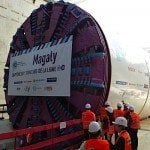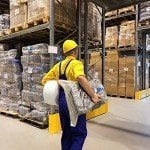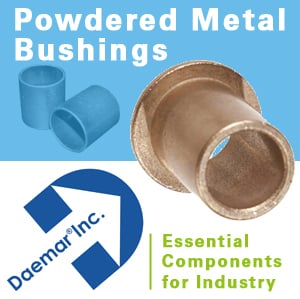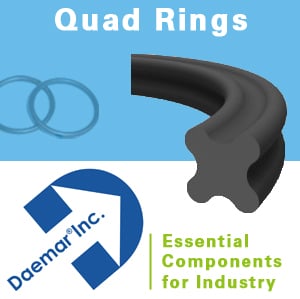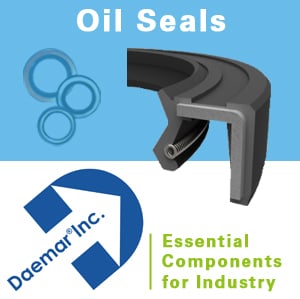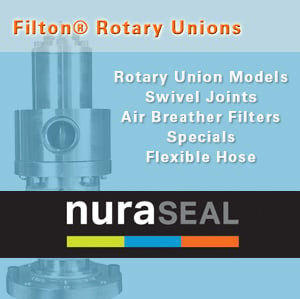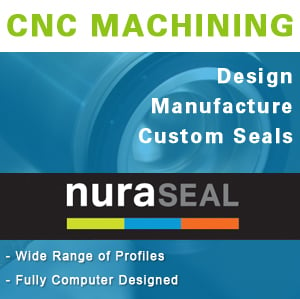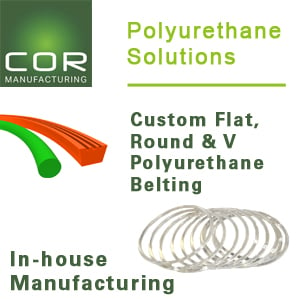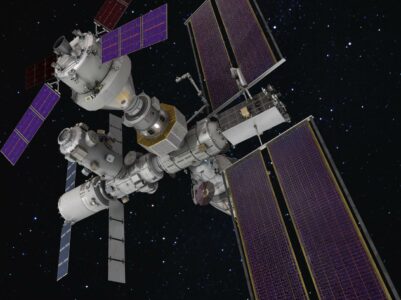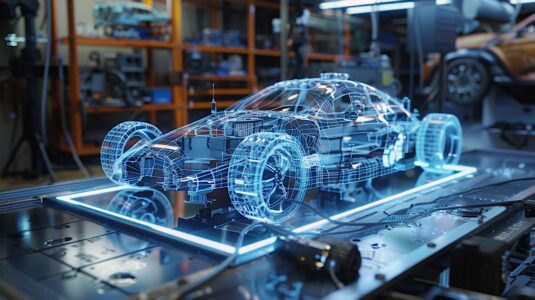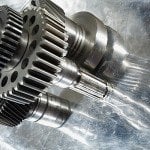Advanced maintenance practices are vital to sustainable manufacturing processes ensuring minimizing waste, while enhancing operational efficiency, and ensuring product quality and even provitability.
TPM Total Productive Maintenance
Total productive maintenance (TPM) is particularly significant in this regard, as it not only helps reduce downtime but also fosters a culture of continuous improvement among employees. Engaging workers in proactive maintenance activities, companies enhance their production systems and contribute to the overall efficiency of the manufacturing process.
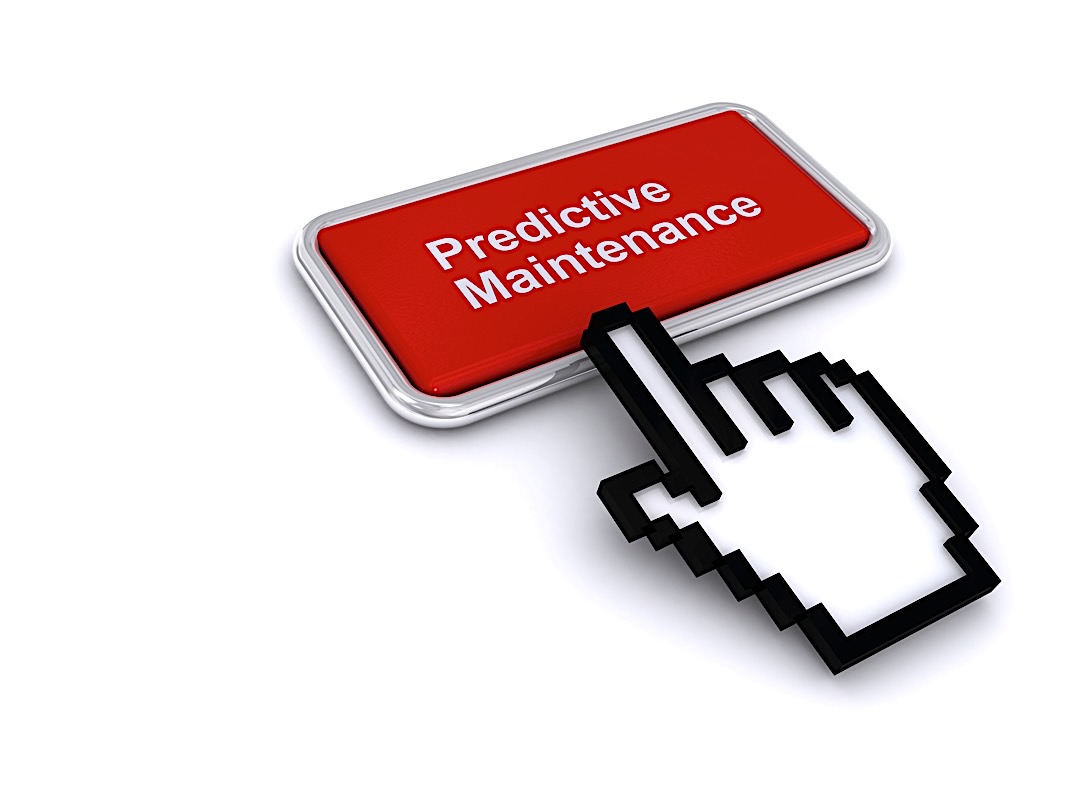
Integrating advanced manufacturing technologies such as robotics and automated guide vehicles (AGVs) can further bolster maintenance efforts, facilitating prompt responses to equipment failures and optimizing resource use. These technologies provide real-time data that enable manufacturers to monitor equipment health and predict maintenance needs, ultimately leading to reduced resource consumption and waste generation.
Lean Manufacturing Combined with Predictive Maintenance
Implementing a structured and predictive maintenance approach aligns with lean manufacturing principles, which emphasize waste reduction and value creation throughout the production cycle.
The combination of soft practices, like employee training and management commitment, with hard practices such as statistical process control (SPC) and TPM, creates a robust framework for achieving readiness in Industry 4.0.
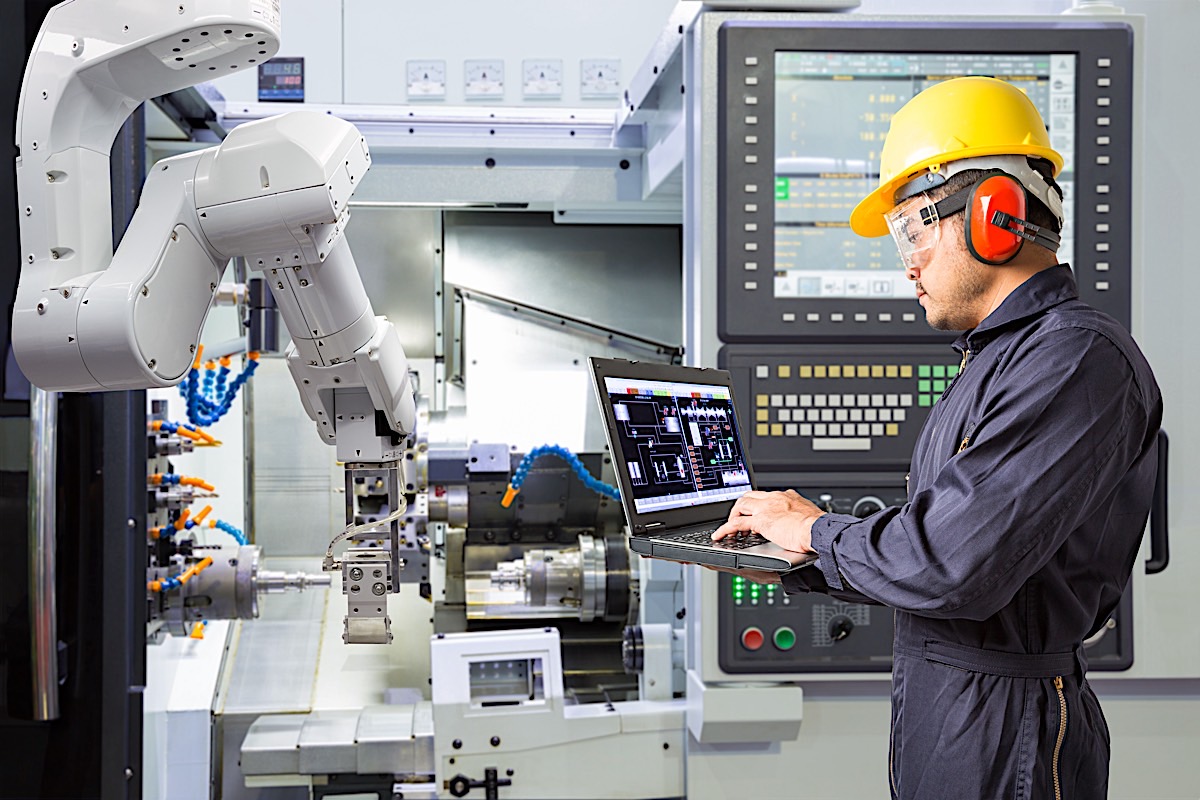
This holistic relationship underscores the importance of maintenance not only as a support function but as a pivotal element in driving sustainable manufacturing initiatives (Karishma M. Qureshi et al., 2023).
Principles of Sustainable Maintenance
Core principles of sustainable maintenance practices in manufacturing focus on enhancing efficiency while minimizing waste. One crucial aspect is the integration of Condition Monitoring and Predictive Maintenance (CPM), which utilizes advanced sensors and data analytics to anticipate failures before they occur. This proactive approach not only extends the lifespan of machinery but also optimizes resource use, thereby reducing unnecessary downtime and maintenance costs (Ahmad Danial Ahmad Subri & Mohd Zailan Suleiman, 2024).
Aligning maintenance practices with lean manufacturing methodologies is essential. Lean principles advocate for waste reduction and value creation throughout production processes. By combining soft practices, such as employee training and management commitment, with hard practices like Statistical Process Control (SPC) and Total Productive Maintenance (TPM), manufacturers can establish a robust framework that supports sustainability objectives (Karishma M. Qureshi et al., 2023).
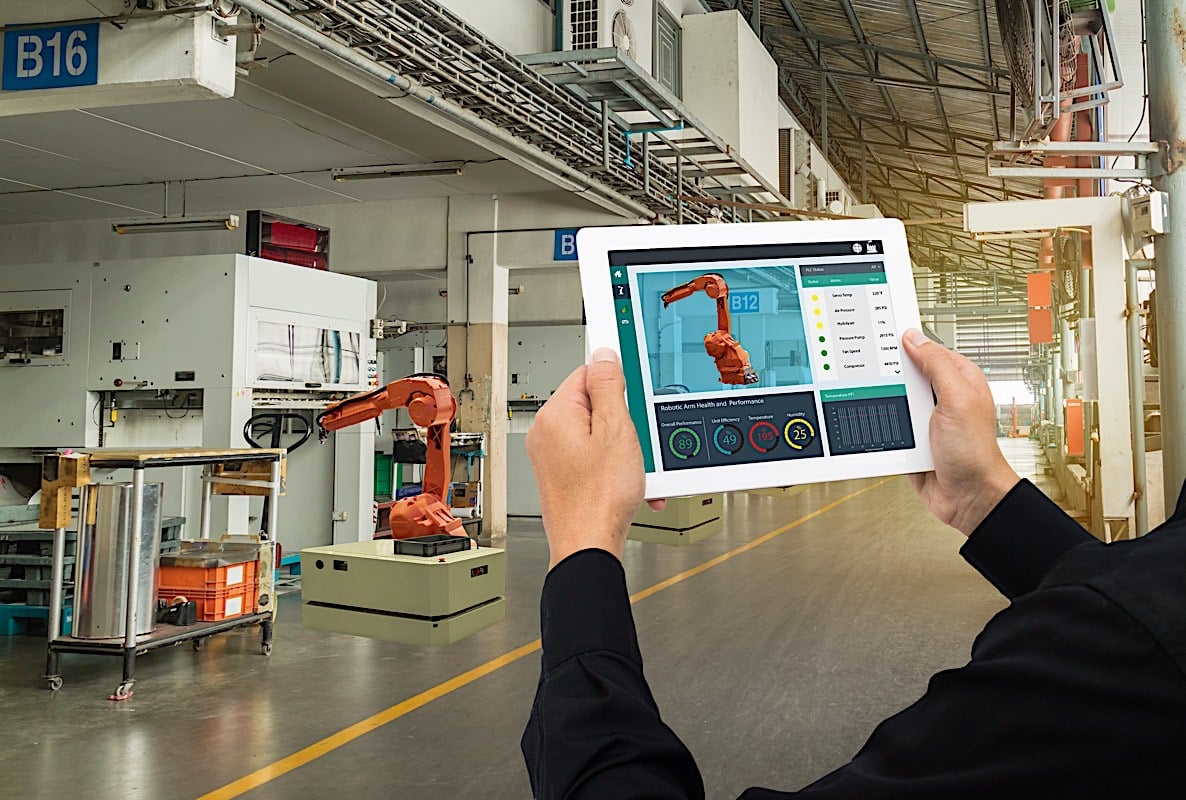
Modelling and implementing a culture of continuous improvement encourages teams to identify inefficiencies and innovate solutions that contribute to sustainable outcomes.
The adoption of automated guided vehicles (AGVs) further enhances maintenance efforts by ensuring timely responses to equipment issues, thus facilitating a more efficient manufacturing environment. Collectively, these strategies underscore the importance of viewing maintenance not merely as a reactive function but as a strategic component integral to sustainable manufacturing practices.
Benefits of Sustainable Maintenance Practices
Integrating sustainable maintenance practices offers numerous benefits that extend across business operations, environmental stewardship, and societal well-being. By prioritizing sustainability, companies can enhance operational efficiencies, leading to reduced waste and lower costs. For example, utilizing technologies like Condition Monitoring and Predictive Maintenance (CPM) allows businesses to anticipate equipment failures, which not only minimizes downtime but also prolongs the lifespan of machinery (Ahmad Danial Ahmad Subri & Mohd Zailan Suleiman, 2024).
A proactive approach significantly contributes to energy savings, furthering a company’s sustainability goals. Additionally, fostering an organizational culture that emphasizes continuous improvement enables teams to actively identify inefficiencies, driving innovation in processes and product development. From an environmental perspective, sustainable maintenance practices contribute to resource conservation and reduction in carbon footprints, aligning with global initiatives such as the Paris Agreement aimed at curtailing emissions.
Integrating smart technologies into urban green spaces can optimize maintenance efforts, effectively promoting water conservation and enhancing biodiversity (Alaa Ababneh, 2023). The societal impact is equally profound, as these practices not only create healthier environments but also improve the quality of life for communities.
By viewing maintenance as a strategic function rather than just a reactive measure, businesses can achieve a holistic approach to sustainability that generates long-term value for all stakeholders involved.
Challenges in Implementing Sustainable Maintenance
Despite the numerous benefits associated with integrating sustainability into maintenance operations, manufacturers face several challenges that can hinder effective implementation. One significant barrier is the initial cost associated with transitioning to sustainable practices, which often includes investments in new technologies and training for personnel. These start-up costs can be daunting, especially for smaller manufacturers who may lack the financial resources to make such shifts (Ahmad Danial Ahmad Subri & Mohd Zailan Suleiman, 2024).
Additionally, the need for skilled workers presents another challenge; many organizations struggle to find personnel who possess the expertise necessary to implement sustainable practices effectively (Edenise Garcia et al., 2017). This skills gap can lead to a reliance on outdated methods, undermining sustainability goals. Moreover, the integration of advanced monitoring systems and predictive maintenance techniques requires a cultural shift within organizations.
Employees must adapt to viewing maintenance as a proactive function rather than merely reactive, necessitating changes in mindset and corporate culture (Ahmad Danial Ahmad Subri & Mohd Zailan Suleiman, 2024). Finally, external pressures, such as market demand for sustainable products and regulatory requirements, can further complicate efforts to adopt sustainable maintenance practices. As manufacturers navigate these challenges, it becomes clear that a comprehensive approach involving stakeholder engagement and robust training programs is essential for overcoming obstacles and achieving long-term sustainability goals.
Case Studies of Successful Sustainable Maintenance
Successful implementation of sustainable maintenance practices in the manufacturing sector is becoming increasingly critical as companies strive to meet environmental standards and improve operational efficiency. A notable case is the adoption of Total Productive Maintenance (TPM), which emphasizes proactive maintenance strategies that reduce downtime and enhance equipment reliability. TPM integrates regular maintenance schedules with employee training, fostering a culture where maintenance is seen as a shared responsibility rather than a reactive task (Karishma M. Qureshi et al., 2023). This shift improves machinery performance but also aligns with sustainability goals by minimizing waste generated from equipment failures.
Another example is the implementation of advanced monitoring systems that utilize predictive maintenance techniques. These systems allow for real-time data collection and analysis, enabling manufacturers to anticipate equipment issues before they occur, thus reducing unplanned outages and prolonging asset life (Ahmad Danial Ahmad Subri & Mohd Zailan Suleiman, 2024).
By integrating these elements into their operations, manufacturers can create a more resilient and eco-friendly production environment, ultimately leading to long-term sustainability and competitive advantage in the market.
References
- Karishma M. Qureshi, Bhavesh G. Mewada, Sumeet Kaur, & M. Qureshi. (2023). Assessing Lean 4.0 for Industry 4.0 Readiness Using PLS-SEM towards Sustainable Manufacturing Supply Chain. In Sustainability. https://doi.org/10.3390/su15053950
- Ahmad Danial Ahmad Subri, & Mohd Zailan Suleiman. (2024). Implementation of Condition Monitoring and Predictive Maintenance for Building Sustainability. In Journal of Advanced Research Design. https://doi.org/10.37934/ard.117.1.2333
- Alaa Ababneh. (2023). Smart urban management of green space. In Journal of Design for Resilience in Architecture and Planning. https://doi.org/10.47818/drarch.2023.v4i3101
- Edenise Garcia, Fábio Sampaio Vianna Ramos Filho, G. M. Mallmann, & Francisco Fonseca. (2017). Costs, Benefits and Challenges of Sustainable



